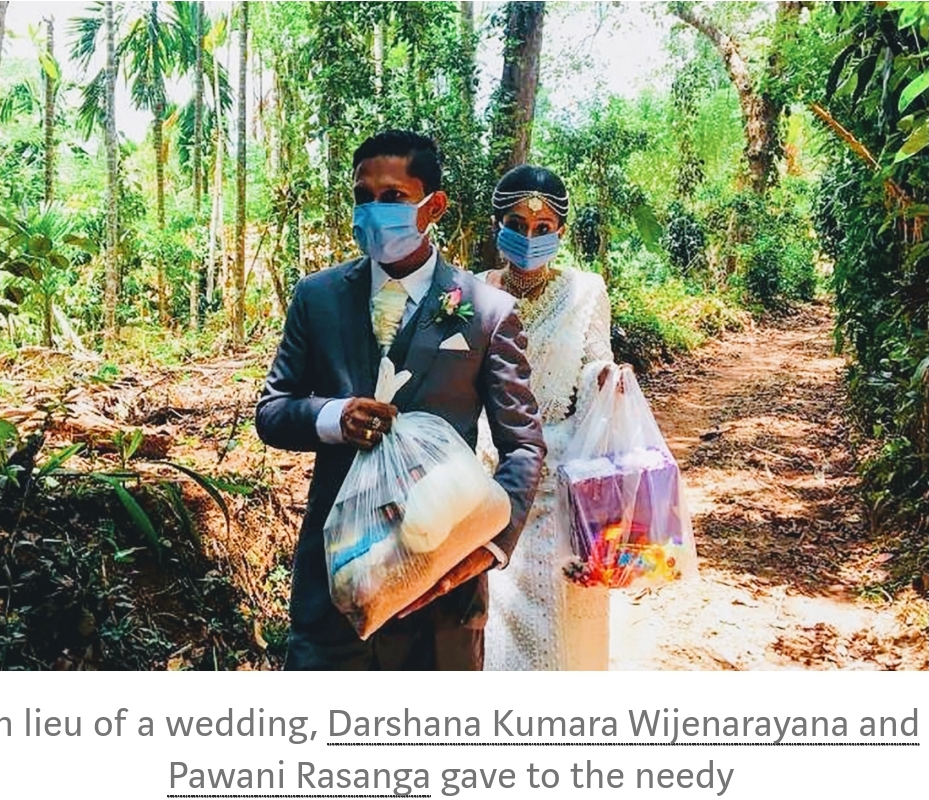
Sri Lanka is used to disaster. Over the last 15 years, I’ve lived through a tsunami, war, more terrorism than I can count, floods, riots, and been hospitalized with dengue. Shit just happens every few years.
Sri Lanka, however, is not a disaster.
Throughout all of this, we remain a beautiful, friendly, and generally safe place to visit and be. Rather than making us weak, generations of hard experience has made us strong. We are used to collective sacrifice. We do not debate killing our elders. We are resilient, like many of the nations you only see on the bad news.
In fighting COVID-19, that resilience served us well.
We crushed it.
Sri Lanka reacted early (<100 cases), reacted hard (total lockdown), and has almost completely eliminated COVID-19 from our shores. Over 100 grueling days later, we have no community spread, and — masks on — have returned to life. I went to the beach. I saw my 96-year old Achchi after three months. She was so happy and yet so short that she kissed my wife’s boob.
Forget New Zealand. Jacinda Ardern is great, but Sri Lanka is an island with 4x the population that has crushed the curve harder and flatter than them.
This is what we did.
First Case Wedding
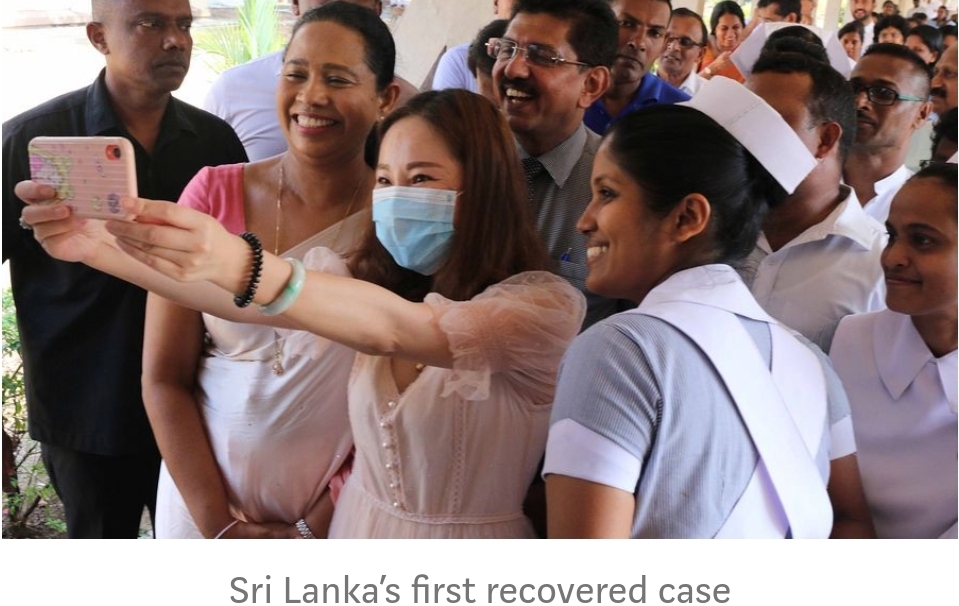
For a long time, Sri Lanka only had one case, imported from China on January 27th. She was tested, treated, recovered. Getting out, she basically had a wedding with the Minister of Health and DG of Health Services. This was, in hindsight incorrect, but sweet. We never blamed China or the WHO, we just worked with them and saved our own asses.
Being paranoid, many Sri Lankans immediately bought or improvised face masks in January. I scoffed, but I was wrong. That paranoia was wise.
After Patient 1 recovered, things were quiet for a month and a half. Then we got hit. It wasn’t from China, which had their shit together. Our epidemic arrived via Italy.
Next Case Dreading
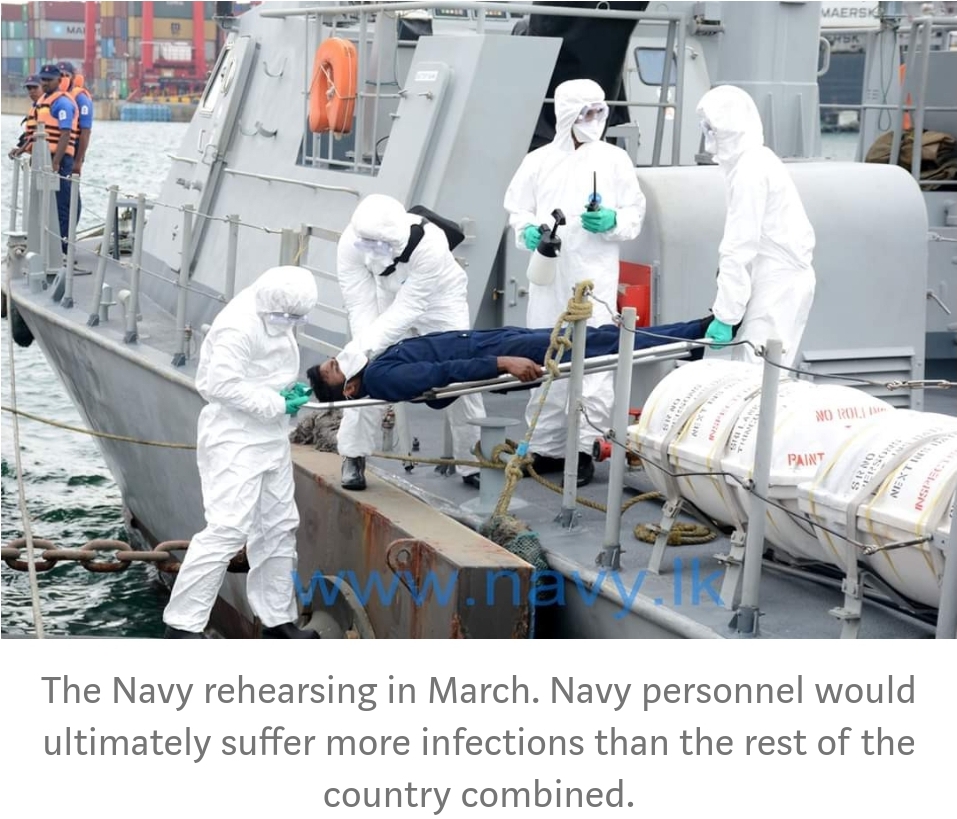
On March 10th, a Sri Lankan tour guide was confirmed as being infected, likely via Italian tourists. He passed the infection on. We had local transmission. By March 10th, our epidemic had truly begun.
The whole country tensed up, except for the literal old boys of our two most irresponsible schools — Royal and St. Thomas — who insisted on having a dayslong drinking party. Predictably, an infected airline pilot was there, and the whole country was on edge.
At this point, things could have easily gone either way. Italy rapidly accelerated from less than 100 cases to tens of thousands and Sri Lanka was on the same trajectory. Everybody was, that’s just the curve.
And don’t say Sri Lanka just got lucky, or it’s the climate. Yes, it’s hotter than Satan’s taint here, but COVID-19 is so rabid and new that it spreads regardless. We saw it rapidly go from one person to hundreds in the Navy. So no, we didn’t just get lucky.
We just took right action, at the right time. There was strong, largely military leadership from President Gotabaya Rajapaksa, our well developed public health sector, and especially the Epidemiology Unit, themselves battle-hardened from fighting malaria and dengue.
In the public, there was widespread compliance and support. The doctor’s union stopped meddling in politics and gave good medical advice, for once. Nurses, doctors, cops, and troops all showed up to work. Dengue labs converted to run PCR tests and sequenced the full genome of our local strain. The larger public just masked up, shut up, and stayed home.
We didn’t waste time debating whether disasters exist. Everyone in this country has experienced some disaster, we know. Nothing like COVID, but if someone says a weird word like tsunami we don’t ask, we just move.
Sri Lanka reacted fast, we reacted aggressively, and that made all the difference.
Two weeks to eternity
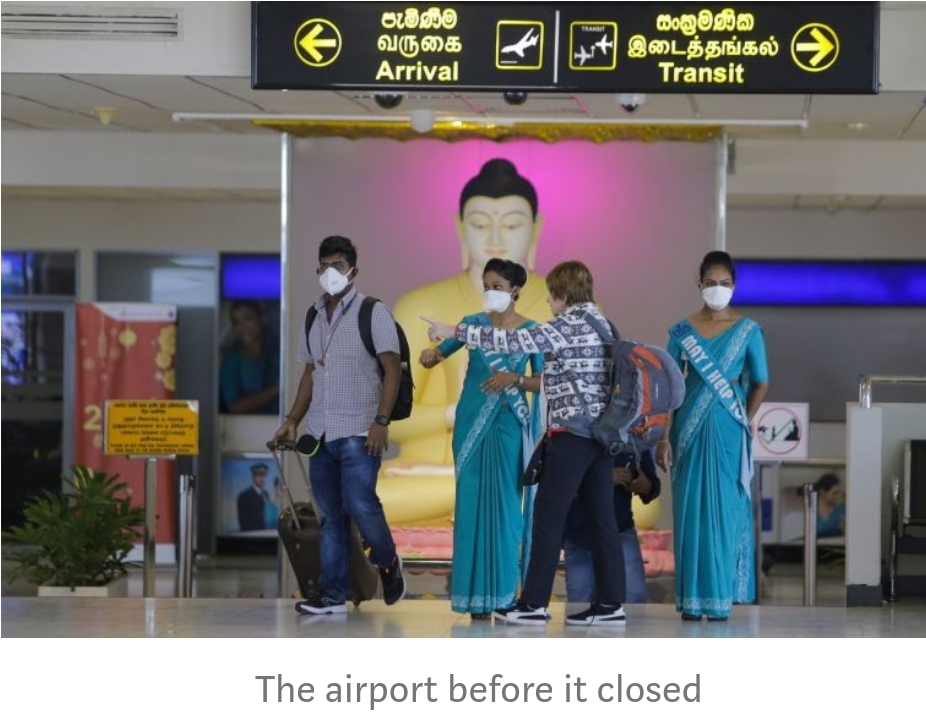
Every country had two weeks. From the minute you get your first confirmed case, the clock is ticking, and it runs out after 100. Once you hit 100 cases you’re already dead, you just don’t know it yet. What each country did in those first two weeks echoed through eternity.
Countries that acted fast — like Korea, Mongolia, or Trinidad & Tobago — survived. Countries that dithered — like the US or UK — were hammered and will never suppress the virus now. Those two weeks were a window and it closed.
Sri Lanka made the most of it.
Within five days of the first local case (March 15th), Sri Lanka banned travel from much of Europe, Iran, and Korea. For some reason, we exempted the UK, but it rapidly became clear that they were the worst. Within a day we banned flights from there as well.
During this time things were changing every hour. My wife and one child were in the UK and barely got back on one of the last flights in (we self-quarantined). I know people just stuck in Sweden or the US. Many more got stuck in the Middle East. By March 22nd the airport was completely closed.
This was a huge sacrifice. We cut off the entire tourism industry like a gangrenous limb. We left thousands of Sri Lankans stranded abroad. But it worked.
Closing borders does not stop a pandemic, it just limits the size of the problem you have to deal with it. It makes test/trace/isolate possible. If we’d shut later we’d have had thousands of cases to find. If we’d shut earlier it could have been zero. As it was I think we had a few hundred to start. It was tremendously difficult to find and contain everything, but we did (inshallah).
Because we had fewer cases, we had time to scale up our defenses before the virus went viral. That’s why we’re able to safely open up now.
Above all, it was those two weeks. Because the Sri Lankan government acted in those two weeks, we saved thousands of lives and our entire economy. Our health system is good, but we have zero flex in the ICUs. We would have gotten hammered. Even waiting 12 days cost us 11 lives. Waiting any longer would have cost hundreds or thousands more. It could have cost everything.
That’s why we shut everything down.
Total Curfew
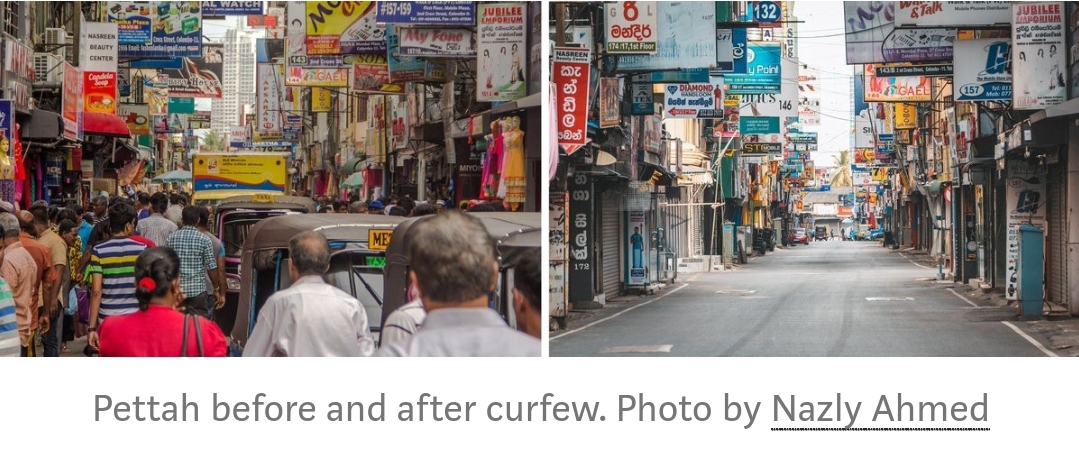
IMHO, Sri Lankans understand either total curfew or total anarchy. Our idea of a queue is a scrum. Aunties greet you like they’re doing lines of cocaine off your forehead. In my opinion, detailed guidelines like South Korea’swouldn’t quite work here. What we do understand is curfew, from the war years, and from the Easter Attacks last year. So they called a curfew.
On March 20th the entire nation shut down.
If you don’t understand what a curfew is, you do not go outside. Not for groceries, not for medicine, not for nothing. That was the nature of Sri Lanka’s lockdown, and it was not especially voluntary. Over 65,000 people were arrested, over 30x the eventual caseload. We put more people in jail than quarantine. I’m not saying that’s good.
Curfew was incredibly hard. People struggled to get food and medicine until trucks started coming around and delivery services scaled up. Rich people were fine, as we always are, but an entirely new class of beggars was created. Daily wage earners struggled to eat. People fell out of the middle class, businesses collapsed. Internal migrants were stuck in limbo and many migrant workers abroad are still stranded. Those with the least gave the most. It was a huge sacrifice, and it wasn’t borne by people like me. I’m sorry.
Sri Lanka was able to bear this heavy burden because everybody’s scared of the President, but also because we understand disaster. There wasn’t much public debate about ‘is this really happening?’ The government was able to take decisive, extreme action and people understood why.
Sri Lanka cut off the entire tourism industry like a gangrenous limb. We shut down the entire economy. Migrant workers stopped sending home money and exports all dried up. This put huge pressures on our currency, which made our foreign debt less serviceable (Debt relief now! Y’all should be sending us reparations!). On the economic front, things are really bad, but we never debated health vs. the economy because that’s dumb. Anyone that wasted even days debating that ended up with neither.
Because we sacrificed for 67 days of curfew, we have a future. We have our lives. We’re restarting our economy.
But we almost lost it all near the end.
Almost losing it at the end
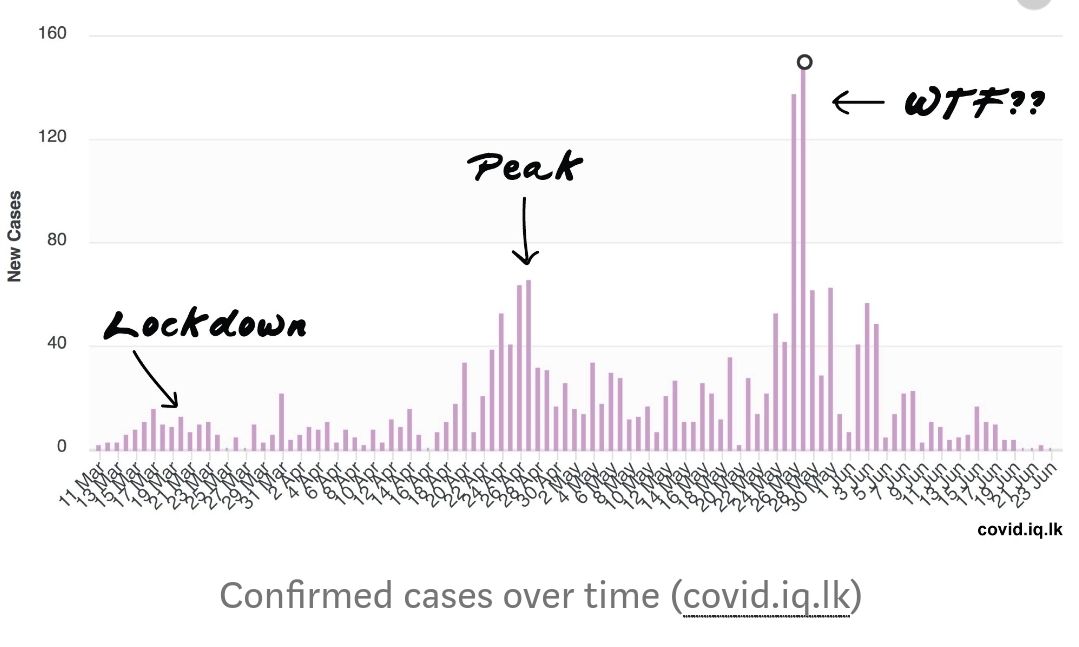
If you look at this graph of confirmed cases, we went into lockdown at the right time. Everything is calm before a tsunami, the water actually recedes. By the time you see the wave, it’s too late.
The COVID-19 peak came a full month after lockdown, cresting at 65 daily cases and then coming down. We thought we’d be clear soon. But we weren’t.
Bear in mind that we sacrificed a lot. No traditional New Year (no returning to our villages). No Easter. No Vesak (Buddhist festival of lights), no Ramadan. Aside from the daily sacrifice, this season is our cultural heart and it was still.
It all seemed worth it because cases were going down, but then they weren’t. We suddenly had 150 cases in a day, and it was all coming from one place.
In the Navy
Our military is huge because of a 30-year war. Our President is a military man. Therefore, the whole pandemic operation was under military command. This had pros and cons. The pro was that it worked, the con was that the Navy got massively ill (on our scale).
Have a look:
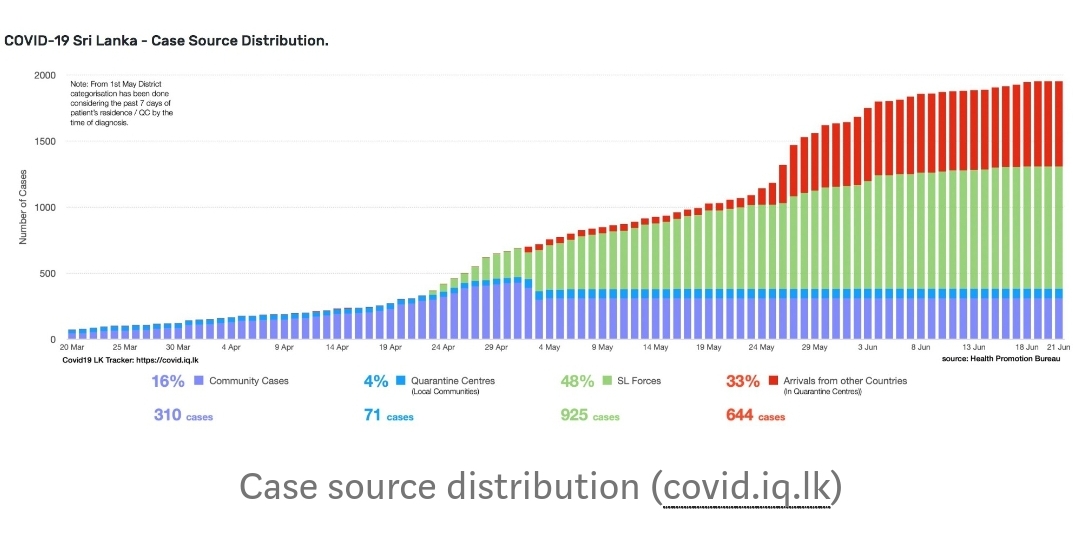
As you can see in the graph above, the national epidemic was effectively squashed by mid-May. Unfortunately, the Navy personnel doing the squashing got hit instead.
The Navy epidemic started with a few cases, but — since they live in close quarters and had been moving around — it was disastrous. Entire camps had to be sealed, over 4,000 Navy families quarantined, and multiple villages had to be isolated.
This Navy outbreak ended up being 3x bigger than the rest of the country combined. Note that this was still just 925 cases compared to 310, but as we were going for complete elimination, this was a significant blow. As a result, the country stayed in lockdown even longer, at additional cost.
Mashallah, the Naval cases finally seem to be contained, but it took a while. Mercifully there have only been 11 recorded deaths, and none in the Navy. May they rest in peace.
Opening Up
On May 26th the curfew was completely lifted in Colombo. We’d been in lockdown for 67 days. This wasn’t a total lift, it was still on from 10 PM to 4 AM, to the delight of parents everywhere, who have been saying this for years. This house is not a hotel.
Despite being free, I still didn’t go out for a week, but people had been going to work and going out even a bit before. There’s universal masking, by law, and everybody does it except for some chin danglers.
People are going to work and going out again, but we still act like there’s an active epidemic, which there isn’t, which is why we don’t have one. It’s curious (horrifying) seeing countries that still have our entire death toll every daythat are much laxer. We still haven’t opened schools or the airport. Maybe in a month.
Opening clear
For all intents and purposes, the virus is gone. Not suppressed, not lived with, just not here. We’ve had no community cases for 50 days. Even with the Navy outbreak and imported cases, reported cases are down to one or none a day. This can turn around in an instant and we have to remain vigilant, but that is where we are. And it’s an accomplishment.
It sucked, we’re poor, and we lost 11 souls, but we crushed COVID-19 (knock on all the wood in the house). We shut down early, we shut down completely, and we ramped up testing and tracing like we were supposed to. One missed case and we’ll have to do it all over, but we did it. Globally, we led.
I am not a government supporter, but they did good. I thank Gota for his leadership. We can see how richer countries with bad leadership have floundered. I still won’t vote SLPP (for reasons that are immaterial here) but props where it’s due. The whole country did good — the nurses, the garbage collectors, the troops, their families; everyone that worked or sacrificed or held it down.
Countries like us are only in the news if we’re dying, but now we’re alive. We should be on the news for that.
Trinidad & Tobago, Mongolia, Ghana — there’s a long list of new global leaders. New Zealand leads the coverage of COVID success stories, but they’re the exception to western misrule. Pointing to that island of less than 5 million is missing the billions who have done well despite the disability of not being rich or white. That’s the real story. That’s much of Africa, the Caribbean, a few pockets in South America, China, literally everyone in South East Asia. That’s us.
We are the COVID Underdogs.
We’re not disasters. We fight disaster.
And we win.
(Originally published in https://medium.com/@indica/covid-underdogs-sri-lanka-db6eca164a35)
